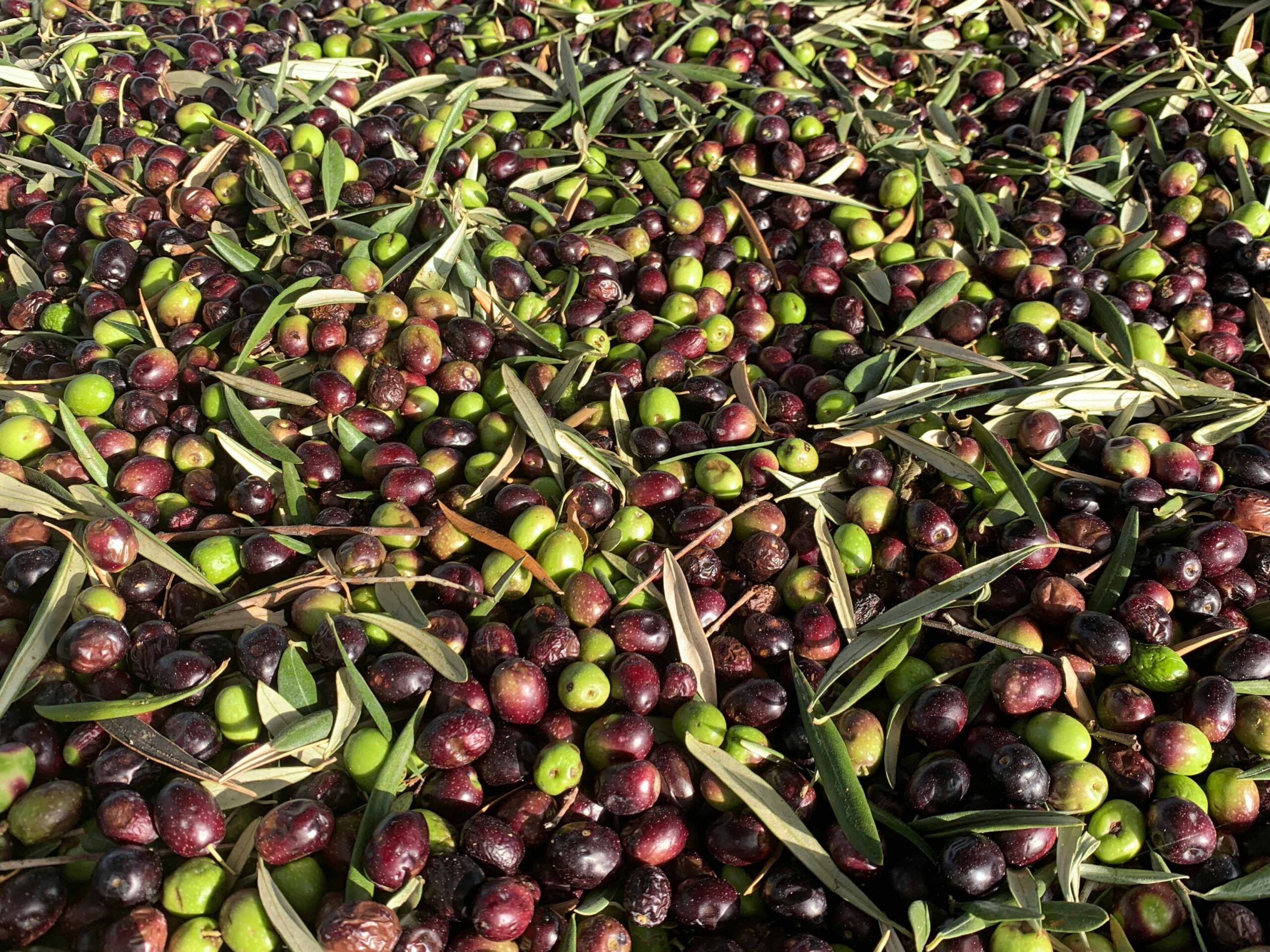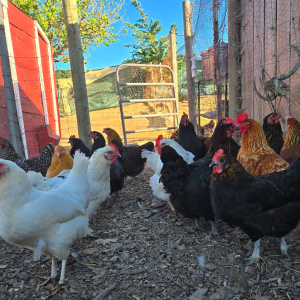The Art and Science of Olive Harvesting and Oil Pressing
Olive oil has been a cornerstone of Mediterranean culture for thousands of years, cherished not only for its rich flavor but also for its health benefits and versatility in cooking. The journey from olive tree to bottle is a fascinating process that combines ancient traditions with modern technology, requiring meticulous attention to detail at every stage. This article delves into the intricate process of olive harvesting and oil pressing, exploring how this golden liquid is crafted with care and precision.
1. Harvesting the Olives
The olive harvest is a critical step that sets the foundation for the quality of the oil. Timing is everything—harvesting typically occurs between late autumn and early winter, when the olives are at their peak ripeness. The method of harvesting can vary, each with its own impact on the final product.
Traditional Hand-Picking
Hand-picking olives is the most labor-intensive method, but it is also the gentlest. Workers carefully pluck olives from the branches by hand, ensuring minimal damage to the fruit. This method is particularly favored for producing premium extra virgin olive oil, as it prevents bruising and premature oxidation, which can degrade the oil’s quality. Hand-picking also allows for selective harvesting, where only the ripest olives are chosen, resulting in a more balanced and flavorful oil.
Mechanical Harvesting
For larger-scale operations, mechanical methods are often employed to increase efficiency. These include:
- Tree Shakers: Machines that gently shake the tree trunk, causing olives to fall onto nets spread on the ground. This method is faster but can sometimes lead to minor bruising of the fruit.
- Harvesting Combs: Handheld or motorized tools that strip olives from the branches. While efficient, they require careful handling to avoid damaging the tree or the fruit.
- Vacuum Harvesting: A modern innovation where olives are gently suctioned from the trees, minimizing damage and preserving quality.
While mechanical harvesting is more cost-effective and less labor-intensive, it requires careful calibration to ensure the olives are not overly bruised or damaged, which could compromise the oil’s flavor and quality.
2. Sorting and Cleaning
Once harvested, the olives must be processed quickly to prevent fermentation and spoilage. At the mill, they undergo a thorough sorting process to remove leaves, twigs, and any damaged or overripe fruit. This step is crucial, as impurities can affect the oil’s taste and shelf life. After sorting, the olives are washed to remove dust, dirt, and any residual pesticides, ensuring a clean and pure final product.
3. Crushing and Grinding
The cleaned olives are then crushed into a paste, a process that breaks the cell walls and releases the oil. This can be done using traditional or modern methods:
- Stone Mills: Traditional granite stones slowly grind the olives into a paste. This method is gentle and preserves the olives’ natural flavors, making it ideal for producing high-quality extra virgin olive oil.
- Hammer Mills: Modern stainless-steel mills crush the olives more quickly and efficiently. While faster, these mills must be carefully monitored to avoid overheating the paste, which can degrade the oil’s quality.
The choice of method often depends on the scale of production and the desired characteristics of the oil.
4. Malaxation (Mixing the Paste)
Malaxation is a critical step in the oil extraction process. The olive paste is slowly stirred in a malaxer, a machine designed to gently mix the paste. This process encourages small oil droplets to merge into larger ones, making it easier to separate the oil during extraction. Malaxation typically lasts 20 to 40 minutes, and the paste is sometimes gently heated (never exceeding 27°C in cold-pressed methods) to enhance oil yield. However, excessive heat or prolonged mixing can compromise the oil’s flavor and nutritional value, so precision is key.
5. Oil Extraction
The olive paste undergoes extraction to separate the oil from the water and solids. There are two primary methods:
Traditional Pressing
In traditional hydraulic pressing, the olive paste is spread onto fiber disks, which are then stacked and pressed to extract the oil. This method, while effective, is labor-intensive and has largely been replaced by more modern techniques. However, some small-scale producers still use traditional pressing to preserve the artisanal quality of their oil.
Modern Centrifugation
Most modern mills use centrifugation, a faster and more efficient method. The olive paste is fed into a high-speed centrifuge, which separates the oil from the water and solids. This method is more hygienic and produces purer oil with minimal exposure to air, reducing the risk of oxidation. Centrifugation is now the industry standard for producing high-quality olive oil on a large scale.
6. Filtration and Storage
After extraction, the oil may be filtered to remove any remaining sediment. Filtration improves the oil’s clarity and extends its shelf life, but some producers prefer to leave the oil unfiltered to retain more polyphenols, which contribute to its health benefits and robust flavor. Once filtered (or unfiltered), the oil is stored in stainless steel tanks, where it is kept in a cool, dark environment to preserve its quality. Proper storage is essential to prevent oxidation, which can degrade the oil’s flavor and nutritional properties.
7. Bottling and Quality Control
Before reaching consumers, the oil is bottled in dark glass or tin containers to protect it from light, which can cause oxidation. Premium olive oil undergoes rigorous quality control, including chemical and sensory testing, to ensure it meets the standards for extra virgin olive oil. These tests evaluate factors such as acidity levels, peroxide values, and the presence of defects or off-flavors. Only oil that meets the highest standards is labeled as extra virgin, a designation that signifies superior quality and flavor.
Conclusion
The production of high-quality olive oil is a harmonious blend of art and science, rooted in centuries of tradition yet enhanced by modern technology. From the careful selection of olives to the precise methods of extraction and storage, every step in the process reflects a commitment to excellence. Whether crafted through traditional hand-picking or modern mechanical techniques, olive oil remains a symbol of Mediterranean heritage and a testament to the skill and dedication of those who produce it. The result is a golden liquid that not only enriches our meals but also connects us to a rich cultural legacy.













